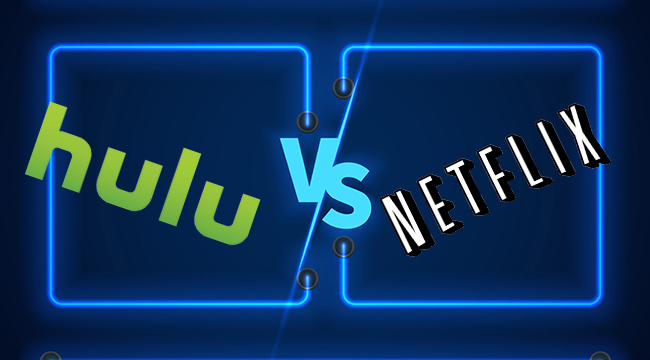
It seems that every month, Netflix loses something from TV’s extensive past, be it unusual sitcoms like Grounded For Life, beloved mysteries like Columbo and Murder, She Wrote, or the Buffy and X-Files news. And, increasingly, these shows are beginning to turn up on Hulu.
That’s come into sharp focus this week when it was announced Hulu had closed a truly enormous deal with Fox’s TV distribution arm, bringing a gigantic library of TV classics to the service. Among the complete libraries of shows appearing soon on Hulu will be M*A*S*H*, NYPD Blue, Glee, How I Met Your Mother, and Bones, and this deal is on top of the one Hulu recently cut with Fox to bring their animated comedies to the service. Increasingly, if you’re a classic TV fan, it’s beginning to look like you’ve got a hard question to ask about whether Netflix or Hulu deserves your streaming dollar more.
Both services are sprawling, of course, and we’d be remiss if we didn’t note that Amazon is in the mix as well as the only place to stream HBO’s back catalogue (plus other exclusives like The Americans). And there is, of course, still plenty of overlap between the three services. But increasingly, if you want, say, classic sitcoms like The Mary Tyler Moore Show or the return of the ’80s in Miami Vice, Hulu is your platform.
Part of this is a function of Netflix’s increasing taste for original shows, revivals, and specials. It makes more sense for Netflix, as it grows, to fund its own shows, whether it’s Marvel’s action adventure series or original sitcom revivals like One Day At A Time. If Netflix owns the shows, after all, the studio can’t turn around and demand a higher price when the contract’s up, and financially speaking, it’s cheaper for Netflix to pick a relatively small handful of shows, or cut deals with networks like The CW and AMC, for recent hits to stream and lure in more subscribers.
It’s not hard to see the appeal of Hulu to the studios with extensive back libraries of beloved TV shows. Hulu has ads, offering another source of revenue and thus a way to placate nervous sponsors, while Netflix doesn’t, and Hulu is more and more where people turn to catch the shows they miss the night before. While Hulu does have exclusive deals with some shows and networks, like Adult Swim, and it’s increasingly being ambitious with its original programming, it’s also turning into a deep library of TV history at your fingertips. On a film level, Hulu’s been surprisingly aggressive as well, collecting both recent hits and developing a deeper library, most recently collecting the back catalogue of beloved Spanish filmmaker Pedro Almodóvar.
In a way, Hulu, Netflix, and Amazon are beginning to stratify themselves much like TV did as cable exploded in the early 2000s. Hulu is serving as basic cable, heavily featuring the broadcast networks and old reruns, albeit at a level more vast than anyone ever imagined. Netflix is the sprawl of packaged cable with millions of hours of specific shows aimed at narrow tastes, and Amazon is increasingly the “prestige” network with shows like Transparent and Bosch. (This, we suppose, would make YouTube the digital equivalent of public access.)
The main question is whether this stratification will continue. Hulu has never been happy being second banana, and is attempting some ambitious live TV plans to fill a niche Netflix can’t, something YouTube is already trying to undercut. Amazon, of course, just keeping adding goodies onto Prime; it’s easy to forget this whole “streaming buffet” thing coincidentally happens to come with free shipping, free newspaper subscriptions, and who knows what else.
Still, at the moment, if you’ve only got room in your budget for one service, it’s finally reached the point where Hulu and Netflix are different enough that which you choose matters. And classic TV fans might find their cash is better served going to Hulu.






